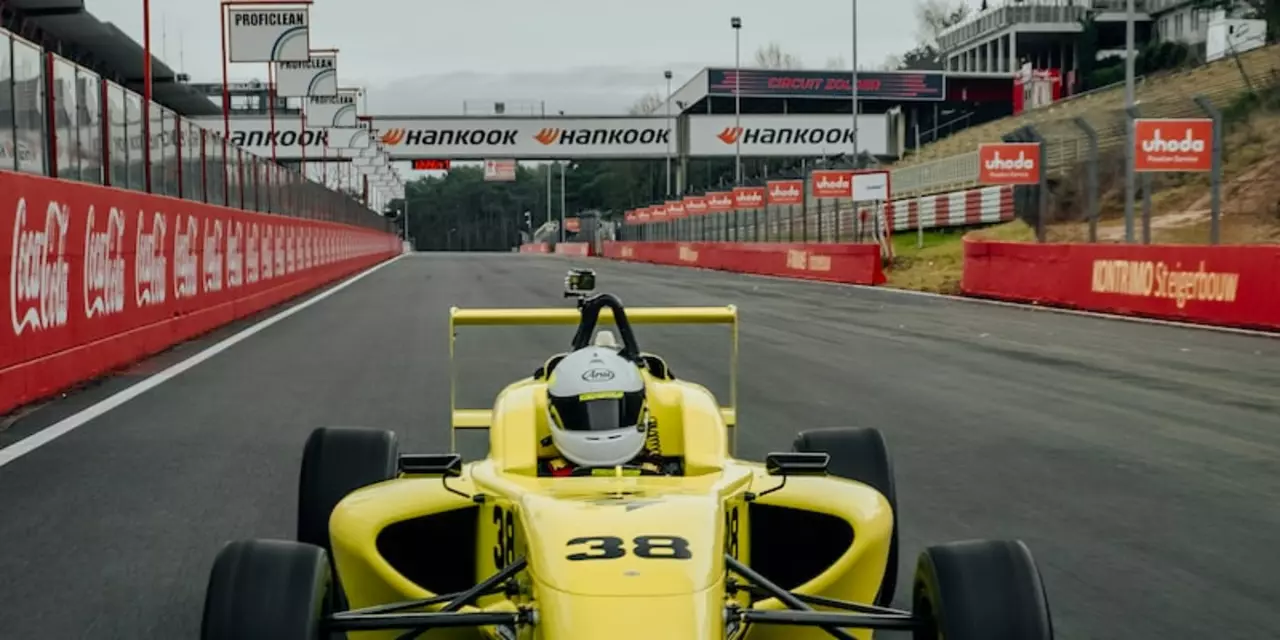Difficulty in Motorsports: Real Ways to Beat the Budget Barriers
If you’ve ever dreamed of racing but feel the cost is a wall, you’re not alone. Most aspiring drivers hit the same roadblock: money. The good news is that the difficulty isn’t a dead‑end, it’s a puzzle you can solve with the right approach. Below are proven steps that let you get on track without blowing your savings.
Start Small and Build Skills for Free
Don’t chase the fastest car right away. Begin with go‑karts, club races, or even virtual simulators that many tracks let you use for free on slow days. These sessions teach you car control, racing lines, and racecraft without the price tag of a formula car. Volunteer at local events – you’ll get hands‑on exposure, meet crew members, and often earn a few seat‑time credits.
While you’re at it, soak up free online resources. YouTube channels, driver podcasts, and forum threads cover everything from tire theory to data logging. Treat each video like a mini‑class; take notes and try to apply the concepts in your next practice session. The more knowledge you stack, the less you’ll need to pay for formal coaching.
Find Sponsors and Partnerships Early
Even a small sponsorship can cover fuel, tires, or entry fees. Start by creating a simple rider profile: a short bio, a clear photo, and a list of your goals. Approach local businesses—auto shops, fitness gyms, or even coffee shops—offering them brand exposure at events. Remember, sponsors care about visibility, not how much you spend on the car.
Leverage social media to showcase your progress. Post regular updates, race results, and behind‑the‑scenes clips. When you can demonstrate a growing following, you become a more attractive partner for bigger brands. Even a modest follower count can turn a local sponsor into a long‑term ally.
Another overlooked route is driver development programs. Some manufacturers run talent scouting contests that fully fund a season for the winner. Keep an eye on announcements from brands like Ferrari Academy, Red Bull Junior Team, or local racing schools. The application process may ask for a video résumé—use your volunteer footage and karting clips to make a compelling case.
Finally, cut costs by sharing equipment. Team up with other beginners to rent a car together, split travel expenses, or co‑own a kart chassis. Collaboration reduces each person’s financial load and builds a support network that can help you troubleshoot problems on the fly.
Difficulty in motorsports often feels like a mountain, but with these strategies you can plant footholds, climb steadily, and eventually reach the summit. Start with free track time, hustle for sponsors, and keep learning every lap. Your racing dream is closer than you think—just take the next practical step today.
